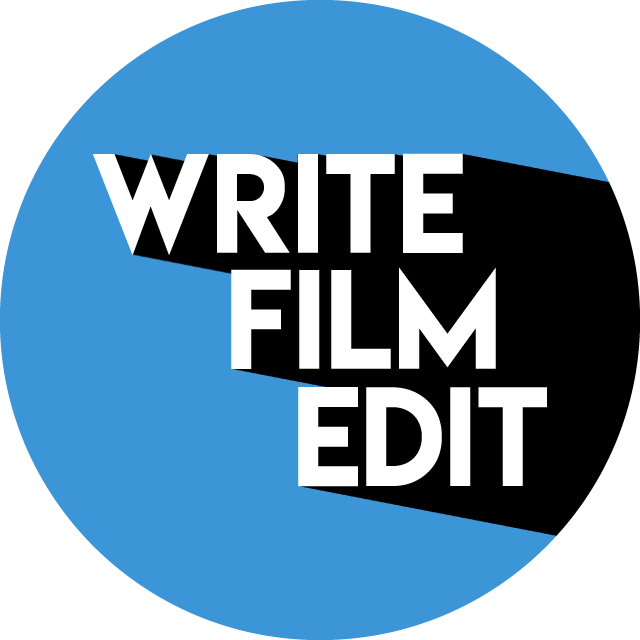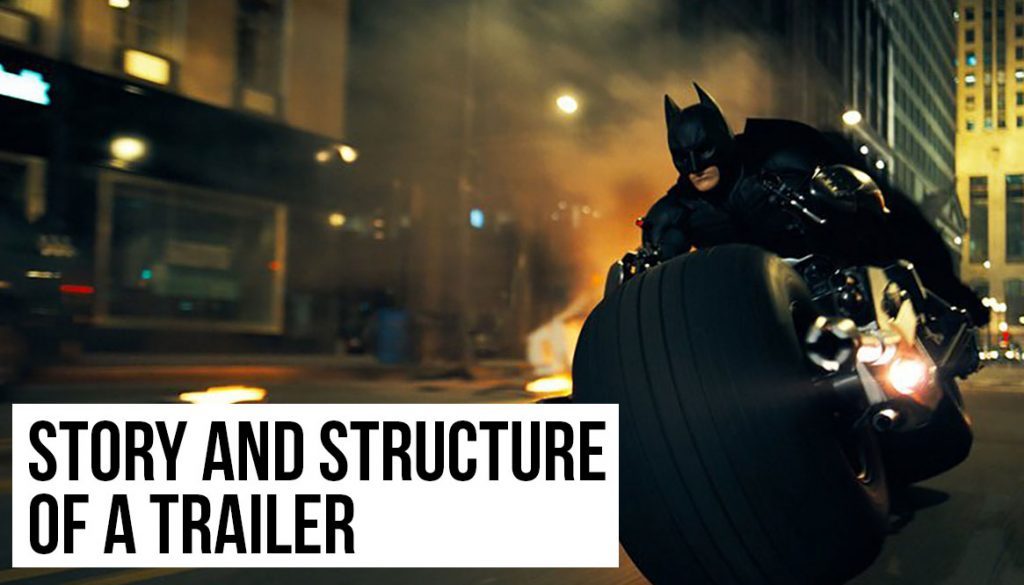Trailers aren’t easy. Within two minutes, you have to sell an idea and an experience to an audience. You have to show that this movie has the potential to be a great film. In this article, we will highlight three trailers that well execute the steps to make a good structured trailer, Prometheus, The Dark Knight, and Lady Bird.
Trailers are primarily structured like any well-rounded story; in the three acts:
Introduction
Conflict
Resolution
Set Up and Introduction to Theme (0:00-1:00)
Presenting Obstacles (1:00-1:30)
Questions within a Frame (1:30-2:00)
Act I: Set Up
In the first minute of Prometheus, we are given the phrase, “A king has his reign, and then he dies. Its inevitable.” Immediately after, we see two scientists discovering a map. Elizabeth Shaw, one of the scientists, calls it an invitation, and follows it with the question, “An invitation by whom?” Within the first minute, we are given light to the theme of the story before we are even introduced to the characters. The beginning phrase wraps us in the theme of “Mortality” and the introduction to our first characters sparks the mystery of the film and the driving tone throughout the story. Therefore, we are subliminally told that this is a Sci-Fi Mystery film.
Act II: Presenting Obstructs
The Dark Knight already has you hooked in with the infamous Joker opening in the first 40 seconds of the trailer . He conducts the story by introducing the three essential characters: James Gordon, Harvey Dent, and the Batman. All three are represented as “Order” and the Joker then brings the theme of “Order vs Chaos” We are transitioned into Act II and brought into Bruce Wayne’s perspective. He is presented obstacles in his personal life with his lover, Rachel, and her newly romance interest, Harvey Dent. Batman’s pronounced obstacle is the Joker reaping mayhem on Gotham.
Act III: Questions Given within a Picture
It would be fair to give an example that wasn’t a large blockbuster franchise. The beginning dialogue of Lady Bird introduces the theme of “Coming of Age” theme. She feels like the black sheep of her life and aspires to be free. The obstacles are present when we are shown that she strives to not be her mother or follow her footsteps, yet its prevalent that her mother and her have very parallel qualities about them. In the third Act, trailers provide you the tease and cliffhanger needed to get you back in the theater to see this movie. Most of the time, its a montage of adventures and conflicts the main character is going to encounter throughout the film, while also peaking questions in your mind as to how the character got into this situation, or how the character got to this emotional state. For example, Lady Bird shows a four second clip of the main character screaming in an abandoned street. This leaves you with the before and after question: How did she get there and what will she do now? The kind of questions spark the audience’s interest in the film and what their experience is going to be when seeing it.
When it comes down to it, trailers are difficult. You have to take this feature length film and boil it down to roughly two minutes. A lot of prep and editing is needed to make a trailer appetizing. One tiny mistake can make or break a trailer and in the long run, make or break a movie.

